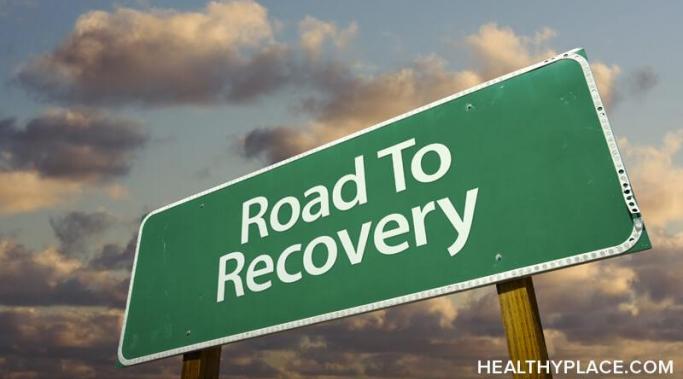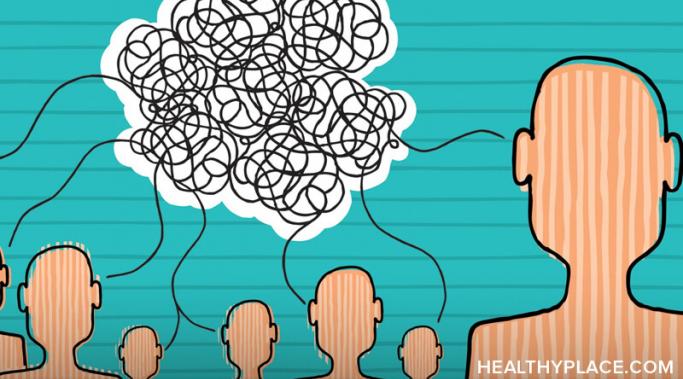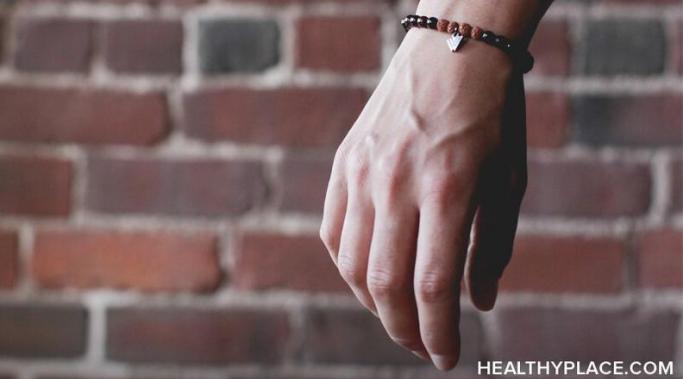It is common — and not entirely accurate — to assume that self-harm is a sign of suicidal thoughts and/or urges. Self-harm is a maladaptive coping mechanism with highly complex psychological and neurological underpinnings and cannot be reduced to simply a reaction to suicidal feelings. Not all of those who self-harm are suicidal and not all of those who are suicidal self-harm. This is an important point to remember when talking about self-harm in relation to suicidality, which can be a touchy subject for many.
Speaking Out About Self Injury
The root causes of self-harm are as varied as the people who are affected by it. Though self-harm is a problem in and of itself, it is often a response to an underlying stressor of some kind. The reason behind the stress is the cause of self-harm.
Do we owe our self-harm stories to anyone? I ask because if you are a person who suffers or has suffered from mental health issues of any kind, mental health awareness is a tricky landscape to navigate, especially nowadays. Now, possibly to a greater extent than ever, there are conversations taking place on a national level about mental health research, the benefits and pitfalls of psychiatric medication, whether there exists a link between unchecked mental health problems and violence, the relationship between the rise in ailing mental health and the rise of unfettered capitalism, and so on. With these mental health topics at the forefront, people become aware of self-harm, too. But do we owe the telling of our self-harm stories to anyone for any reason?
Self-harm stigma is a bit different than the stigma surrounding, say, something like schizophrenia. Whereas there is no overarching societal perception of schizophrenia as an embarrassing condition to have, there is certainly an element of embarrassment that is created by self-harm stigma.
There are several milestones leading up to the early stages of self-injury recovery. First, is the recognition of the problem. Second, is the recognition of wanting to do something about the problem. Third, is actually taking action to address the problem. Fourth, is arriving, finally, to a point at which what you have gained from your efforts to recover from self-injury outweigh the problem of self-harm itself.
Spreading self-harm awareness is difficult because of self-harm stigma. Self-harm is often either cloaked in taboo or ridiculed as a kind of punchline. If you or someone you know struggles with self-harm or has struggled with self-harm in the past, you may find yourself frustrated by our culture’s general lack of empathy, understanding, and nuance in its approach to self-harm. But there is no need to feel helpless in the face of this frustration. Instead, think of it as an opportunity: an opportunity for you to speak your truth, so that others may hear it and finally know. You can spread self-harm awareness.
How can there be invisible self-harm? Self-harm is assumed to be apparent to the eye — a reasonable assumption given that self-harm is a physical act performed on the physical body and that self-harm is used at times as a way of making invisible, psychic pain visible and concrete. But not all self-harm can be seen. Invisible self-harm is just as dangerous as visible self-injuries.
I stopped hiding my self-harm scars so I could feel free. Let me explain: self-harm insists on making its history known. It leaves evidence of itself on your skin in marks both faint and bold and in times of both struggle and recovery. These self-harm scars can make you self-conscious, remind you of a painful past, and draw unwanted attention. The common impulse among self-harmers and those with a history of self-harm is to hide them. But hiding self-harm scars, for me, just never felt like freedom.
Self-harm is often used as a way to cope with difficulties that the person is not, for whatever reason, emotionally equipped to handle. For many of those who use self-harm in this way, that reason is an underlying mental illness (or illnesses).









